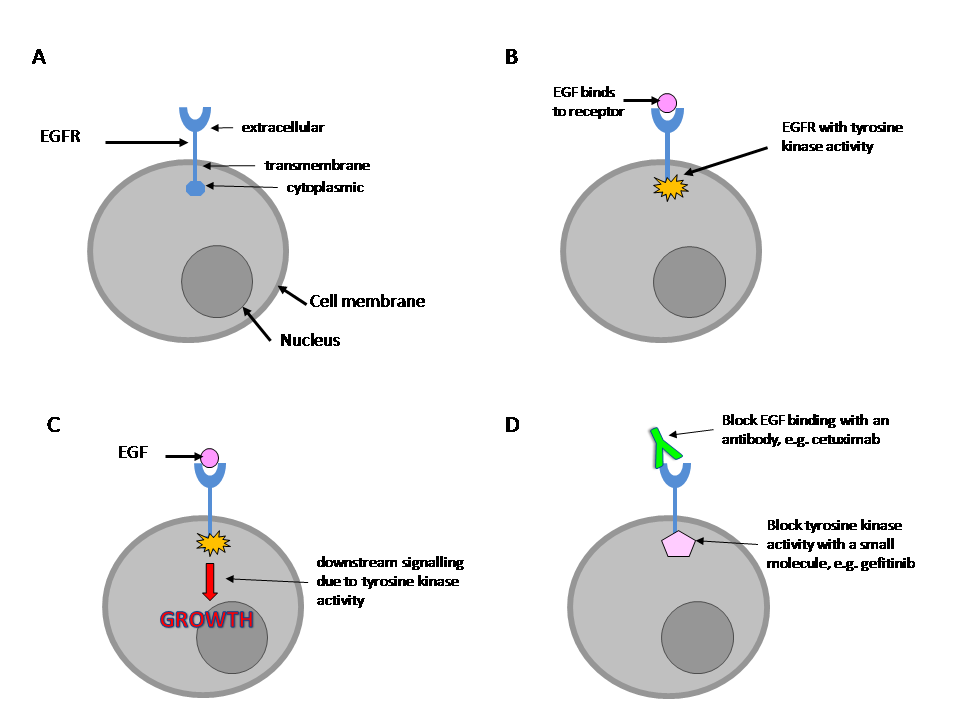Epidermal growth factor receptor blockers for the treatment of ovarian cancer
Información
- DOI:
- https://doi.org/10.1002/14651858.CD007927.pub2Copiar DOI
- Base de datos:
-
- Cochrane Database of Systematic Reviews
- Versión publicada:
-
- 07 octubre 2009see what's new
- Tipo:
-
- Intervention
- Etapa:
-
- Protocol
- Grupo Editorial Cochrane:
-
Grupo Cochrane de Cáncer ginecológico, neurooncología y otros cánceres
- Copyright:
-
- Copyright © 2010 The Cochrane Collaboration. Published by John Wiley & Sons, Ltd.
Cifras del artículo
Altmetric:
Citado por:
Autores
Contributions of authors
The protocol was written by JM and KG, with significant input from HD,AB and SN. SK and JM had the initial concept for the title and approved the final version of the protocol.
Sources of support
Internal sources
-
No sources of support supplied
External sources
-
NIHR CCRCD, UK.
JM is a Walport Clinical Lecturer, 50% academic component is funded by NIHR CCRCD
-
Macmillan Cancer Supoort, UK.
JM is a subspecialist trainee in gynaecological oncology. This 50% clinical post is funded by a grant from Macmillan Cancer Support.
-
Department of Health, UK.
NHS Cochrane Collaboration Programme Grant Scheme CPG‐506
Declarations of interest
None
Acknowledgements
We thank Chris Williams for clinical and editorial advice, Jane Hayes for advice on the search strategy and Gail Quinn and Clare Jess for their contribution to the editorial process. We thank the referees for their many helpful suggestions.
Version history
| Published | Title | Stage | Authors | Version |
| 2018 Oct 15 | Epidermal growth factor receptor blockers for the treatment of ovarian cancer | Review | Jo Morrison, Clemens Thoma, Richard J Goodall, Thomas J Lyons, Kezia Gaitskell, Alison J Wiggans, Andrew Bryant | |
| 2011 Oct 05 | Epidermal growth factor receptor blockers for the treatment of ovarian cancer | Review | Krishnayan Haldar, Kezia Gaitskell, Andrew Bryant, Shibani Nicum, Sean Kehoe, Jo Morrison | |
| 2009 Oct 07 | Epidermal growth factor receptor blockers for the treatment of ovarian cancer | Protocol | Krishnayan Haldar, Kezia Gaitskell, Andrew Bryant, Heather O Dickinson, Shibani Nicum, Sean Kehoe, Jo Morrison | |
| 2009 Jul 08 | Epidermal growth factor receptor blockers for the treatment of ovarian cancer | Protocol | Kezia Gaitskell, Igor Martinek, Shibani Nicum, Sean Kehoe, Jo Morrison | |
Keywords
MeSH
Medical Subject Headings (MeSH) Keywords
- Antibodies, Monoclonal [adverse effects, *therapeutic use];
- Antibodies, Monoclonal, Humanized [adverse effects, therapeutic use];
- Antineoplastic Agents [adverse effects, *therapeutic use];
- Deoxycytidine [*analogs & derivatives, therapeutic use];
- ErbB Receptors [*antagonists & inhibitors];
- Erlotinib Hydrochloride [adverse effects, therapeutic use];
- Neoplasm Recurrence, Local [drug therapy];
- Ovarian Neoplasms [*drug therapy, mortality];
- Piperidines [adverse effects, therapeutic use];
- Progression-Free Survival;
- Quality of Life;
- Quinazolines [adverse effects, therapeutic use];
- Randomized Controlled Trials as Topic;
Medical Subject Headings Check Words
Female; Humans;
PICO

(A) The EGFR is a transmembrane protein. (B) Following binding to its ligand, EGF, the EGFR is stimulated and develops tyrosine kinase activity. (C) Tyrosine kinase activity sets of a sequence of downstream events that lead to stimulation of cell growth. (D) EGFR activity can be blocked by antibodies, which prevent EGF binding to the receptor, or using chemicals, which inhibit the tyrosine kinase enzyme activity.

